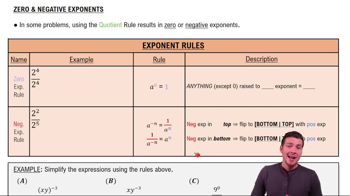The hyperbolic cosine function, denoted , is used to model the shape of a hanging cable (a telephone wire, for example). It is defined as .
b. Evaluate . Use symmetry and part (a) to sketch a plausible graph for .
 Verified step by step guidance
Verified step by step guidance Verified video answer for a similar problem:
Verified video answer for a similar problem:



 6:47m
6:47mMaster Finding Limits Numerically and Graphically with a bite sized video explanation from Patrick
Start learning